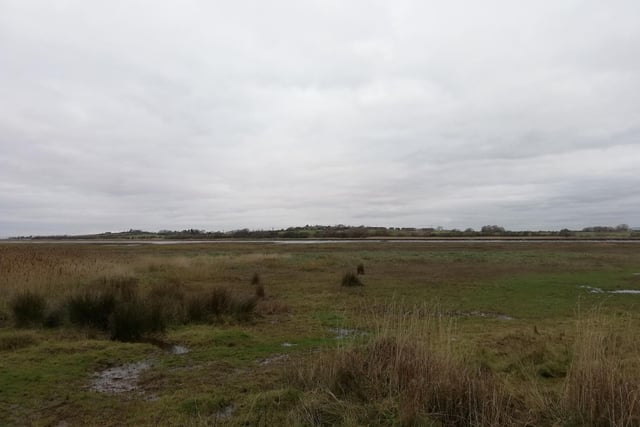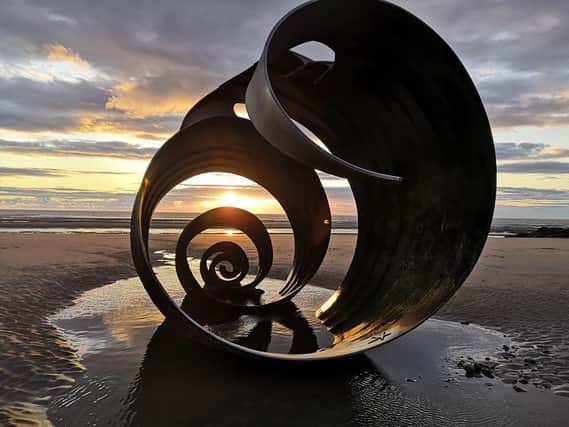The village of Thornton was first mentioned in the 1086 Domesday Book, as "Torentum."
A roman road passes through it, and a railway station opened in 1865.
In 1900, Thornton became an Urban District Council - before forming part of Wyre Council in 1974.
As for Cleveleys, departments in the Ministry of Education, the Ministry of Pensions and the Board of Trade were moved there at the start of the Second World War.
But what is it about Thornton and Cleveleys that makes them so special to the people who live there today?
We asked you, and here were your responses:
In 1900, Thornton became an Urban District Council - before forming part of Wyre Council in 1974.

7.
James Smith said he loved living in Thornton for the rural places to walk his dogs, including Wyre Estuary Country Park.

